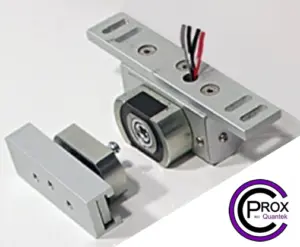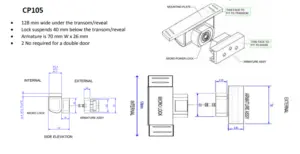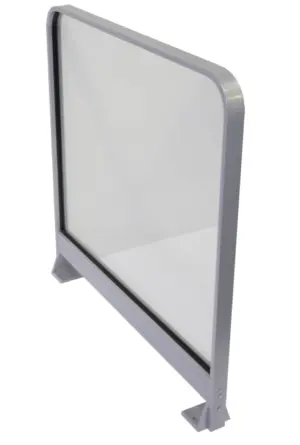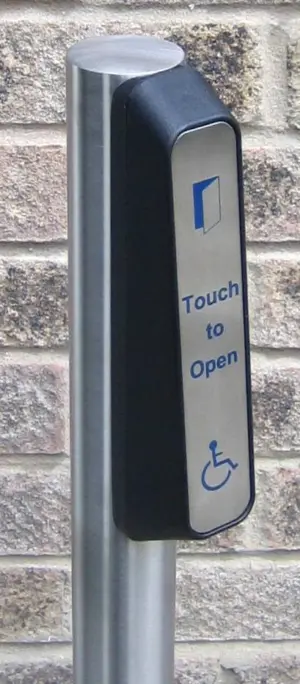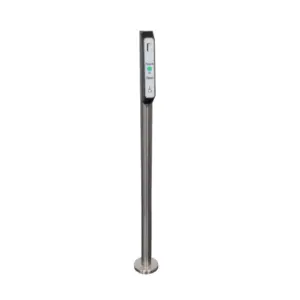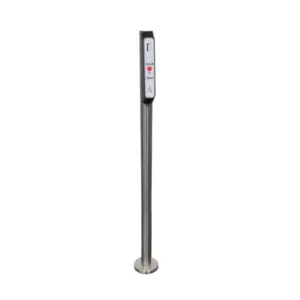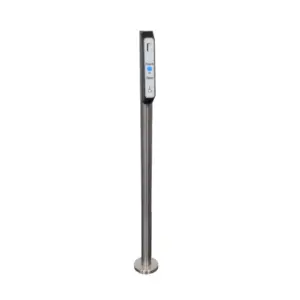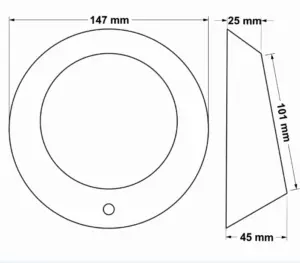

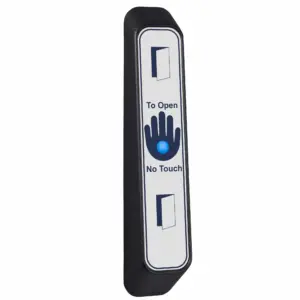









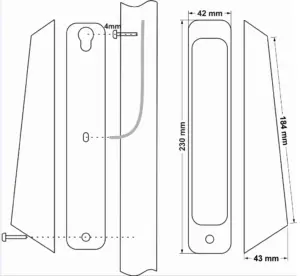



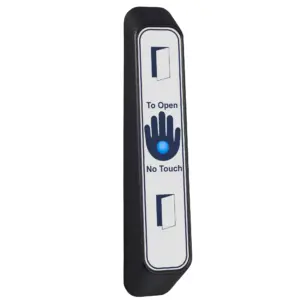

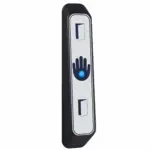







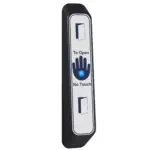
AHAND Contactless Door Sensor – Touch-Free Access for Ultimate Convenience!
Our hardwired contactless door sensor is designed for manual triggering of door openers, access control, door entry, and other switching applications—all while promoting hygiene and accessibility.
Why Choose Our Sensors?
✔ DDA Compliant – Ensuring accessibility for users with physical disabilities.
✔ Touch-Free Activation – No physical pressure required, reducing the spread of germs.
✔ Adjustable Sensitivity – Customizable detection range for optimal performance.
✔ Multi-Sensory Feedback – Beeps on activation with selectable LED indicators for enhanced visibility.
✔ Steritouch® Protection – Kills 99.9% of germs, making it a hygienic alternative to mechanical push pads.
✔ Ideal for All Users – Designed to assist individuals with sight and hearing impairments through illuminated LEDs and built-in sounders.
✔ Versatile & Stylish – Available in various styles and designs to match any installation.
✔ Internal & External Use – Durable enough for both environments (except single gang models).
✔ Custom Branding Available – Personalize with your company name and logo.
✔ Cost-Effective & Reliable – More affordable and dependable than traditional stainless steel mechanical pads.
💡 Fact: Bacteria can survive on hands for up to 3 hours, and 80% of contagious diseases are transmitted by touch. Our no-touch sensors provide a cleaner, safer, and more modern alternative to conventional switches!
- HAND
- NO TOUCH
- No results
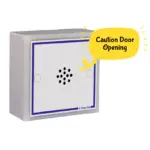
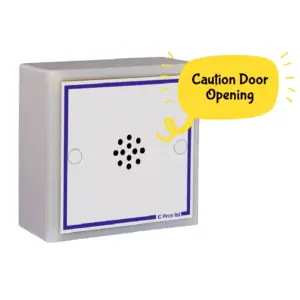
Additional information
| Weight | 0.14 kg |
- DDA Compliant
- 12 - 28Vdc
- Up to 70mm activation range
- 4 position sensitivity adjustment (Touch to hands free)
- Timed clean relay output
- Sounder on activation
- Scratch resistant anti microbial acrylic label
- Entire label is sensitive
- Reinforced nylon housing
- IP65 rated
- Company name & logo can be printed on the label (Contact us for further information)
- Laboratories
- Cleans Rooms
- Pharmaceutical
- Public Toilets
- Food Processing
- Restaurants
- Doctors Surgeries
- Hospitals & Clinics
- Mortuaries
- Industrial Environments
- Retail and Commercial Premises
After each step below, de-power the system for 10 seconds and power it back up.
- Screw the sensor to the wall properly, don’t have it dangling or in your hand.
- Change the sensitivity.
- Ensure the jumper next to the touch sensor relay is on and is making properly.
- Make sure 0V is in the correct terminal, not the REM terminal.
- Use a multimeter to check you’ve got voltage at the touch sensor (+V Red & 0V black).
- Take off the wall and connect power directly to the power supply on a short piece of cable to rule out any cable issues or short circuits.
- Turn down the sensitivity on the internal touch sensor, especially if there is emergency lighting nearby.
- Make sure there isn’t excess cable in the back box.
- Re-terminate all connections.
- Touch sensors can be activated by changes in voltage which is a problem on unregulated power supplies. Fit a separate transformer.

